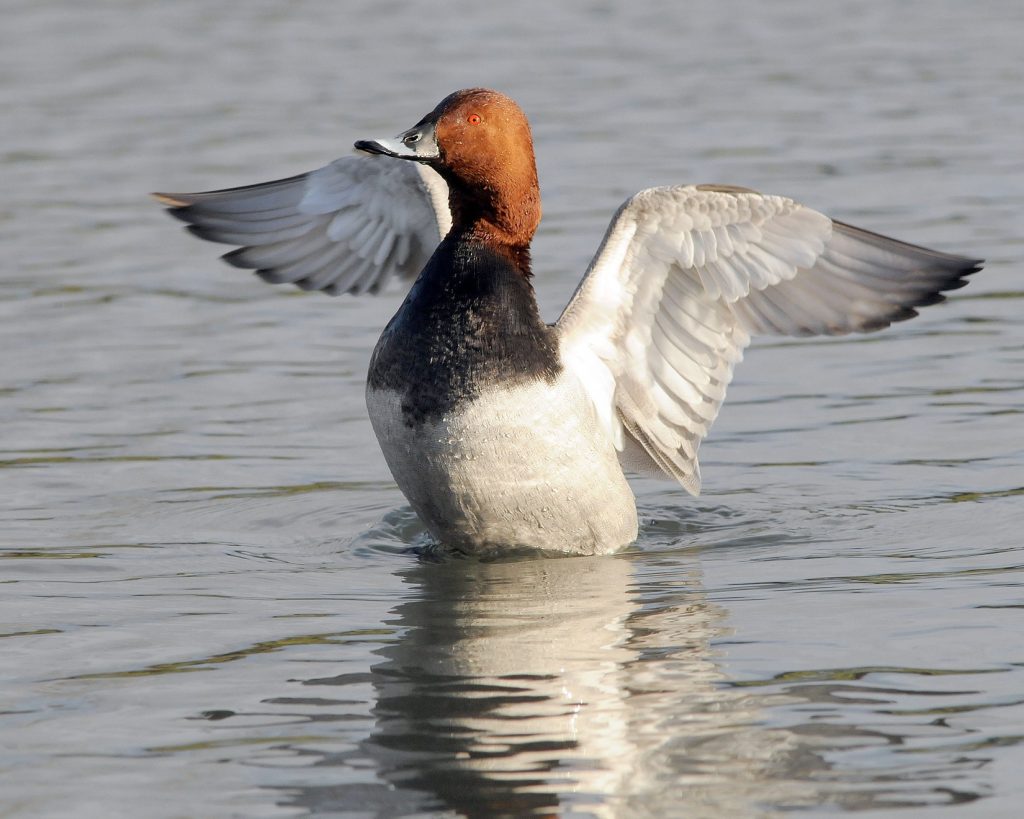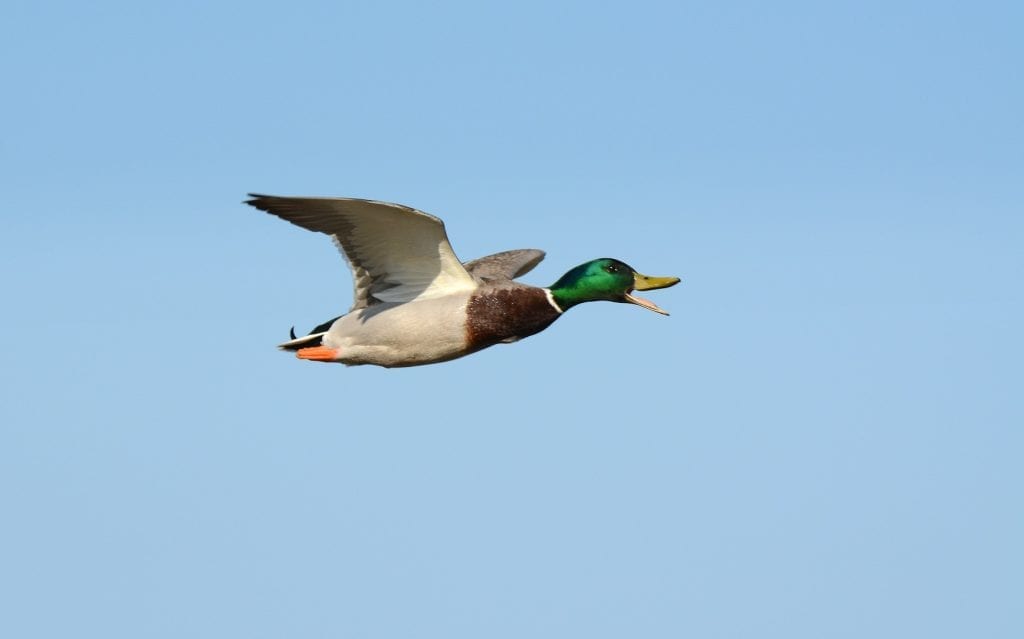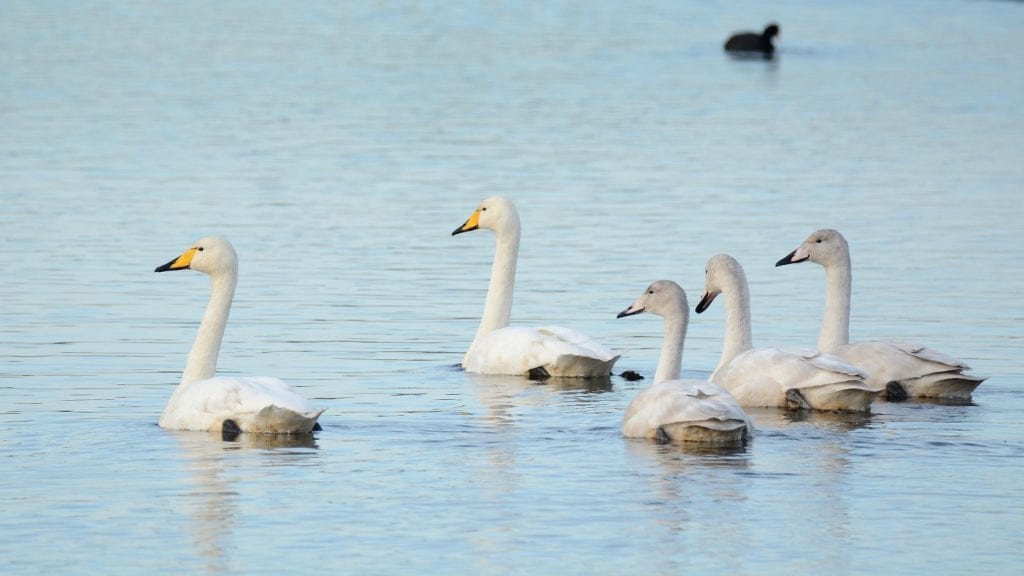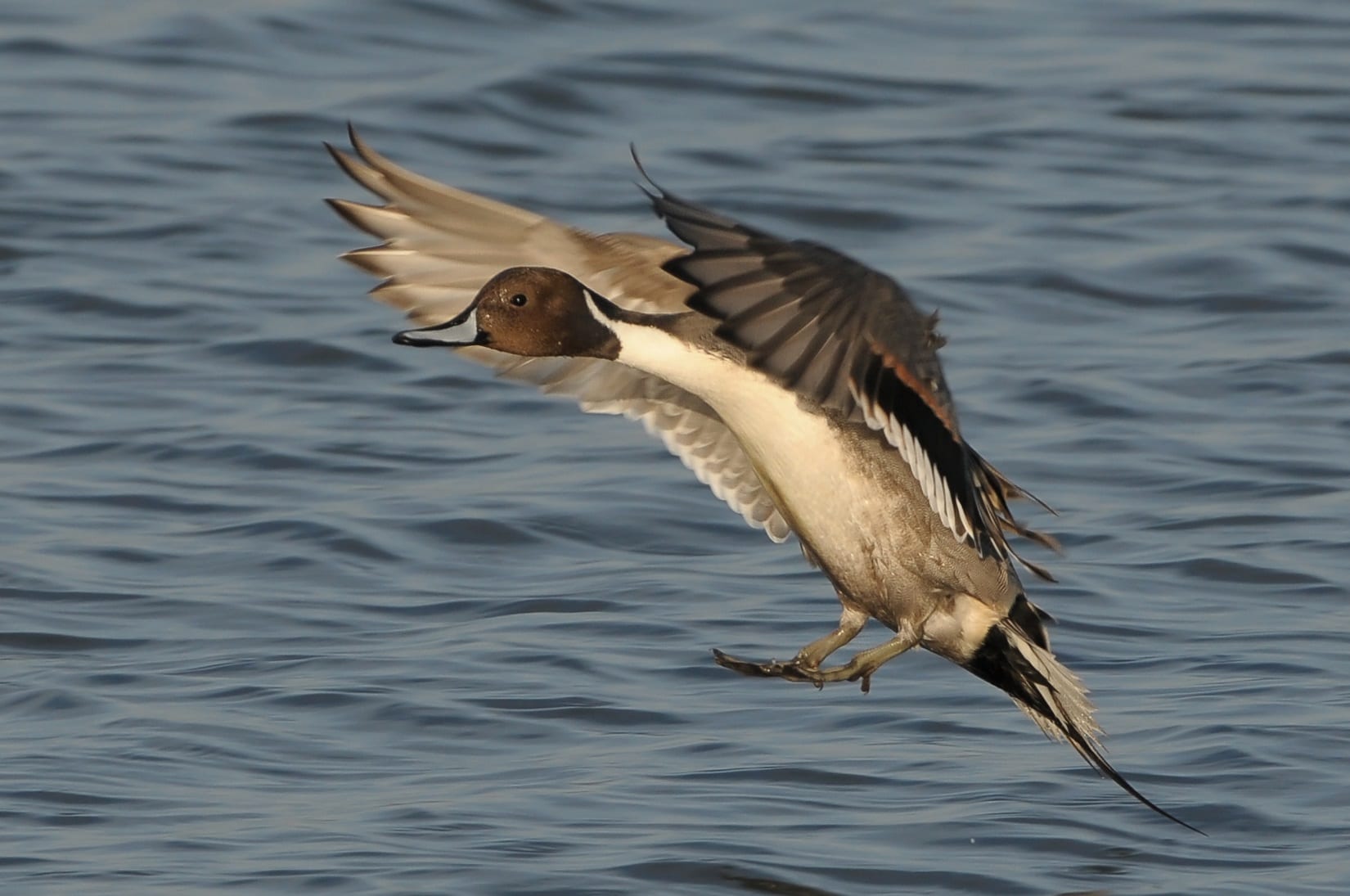Wading bird species, including Knot, Dunlin, Golden Plover and Redshank, have been the worst hit, suffering a combined loss of over 100,000 individuals (19%) over the past five years. Wildfowl, including 14 species of duck, 3 species of swan and 4 species of geese, declined by 28,000 individuals (9%). In total, 27 species declined by over 10% over the course of just 5 years, with only seven species managing to increase by more than 10%.
A new study by BirdWatch Ireland, published in the latest issue of its annual scientific journal, Irish Birds, has found that the number of waterbirds wintering in Ireland has declined by 15% over the past five years. More alarming is the comparison over a longer time period, which shows that our wintering waterbirds have declined by almost 500,000 individuals (40%) since the mid-1990’s, a truly shocking finding.

Ireland is an important wintering area for migratory waterbirds (ducks, geese, swans and wading birds, amongst others) that breed at Arctic latitudes and migrate southwards to spend the winter on our estuaries, coastal bays, rivers and lakes. These waterbirds are monitored through the Irish Wetland Bird Survey (I-WeBS), which is funded by the National Parks and Wildlife Service (NPWS) (Department of Culture, Heritage and the Gaeltacht) and coordinated by BirdWatch Ireland. Each winter, hundreds of Irish birdwatchers across the country volunteer to count waterbirds in their local areas, together with staff of NPWS and BirdWatch Ireland. The data collected enable regular assessment of the numbers and trends of our wintering waterbirds. In the mid-1990’s, when the survey began, there were over 1.2 million of these birds at wetlands around Ireland, but analysis of data from recent years found only 760,000 – a shocking decline of 40%.
“The rate of these declines is alarming,” said Brian Burke, lead author of the study and a key member of BirdWatch Ireland’s conservation team, “and the declines we’re seeing in Ireland are consistent with the global pattern of declines. According to figures published by BirdLife International in 2017, 17% of all waterbird species are considered globally threatened, which is extremely concerning. Numerous pressures can impact migratory birds on their breeding grounds, along their migration route, and at their wintering sites, and we know that climate change is playing a significant role.”

Recent studies have shown that climate change is causing shifts in the migratory behaviour of many of our familiar wintering waterbirds. Milder winters mean that many species no longer have to migrate as far as Ireland in order to find ice-free wetlands. But in addition, climate change is making conditions increasingly unsuitable on the breeding grounds, with the resulting poorer breeding success, meaning that in some years, very few young are raised at all. This means not only are fewer birds coming to Ireland, but the global population as a whole is declining.

BirdWatch Ireland is keen to stress that problems at wetland sites here in Ireland are also likely to be affecting these species, making it harder for them to find food and conserve energy in advance of their epic spring migrations. Factors such as disturbance from increased recreational use of wetlands by people and unleashed dogs, loss of habitat from changes in land use, including development and agricultural intensification, as well as pollution have all been identified as pressures upon wintering waterbirds in Ireland, with various factors likely having an unknown cumulative impact. Strict enforcement of the laws that protect sites designated for waterbirds around the country is essential so that Ireland can play its part in the conservation of these special migratory species.
“There are a few positives though,” noted Brian Burke. “Numbers of Whooper Swans and Black-tailed Godwits, both of which are winter visitors to Ireland from Iceland, have increased in recent years, and we now have a minimum of 1,400 Little Egrets across the country – a species that wasn’t present in Ireland at all when I-WeBS first began in 1994.“
The citation for the article in question is:
Burke, B., Lewis, L. J., Fitzgerald, N., Frost, T., Austin, G. & Tierney, T. D. (2018) Estimates of waterbird numbers wintering in Ireland, 2011/12 – 2015/16. Irish Birds No. 41, 1-12.


